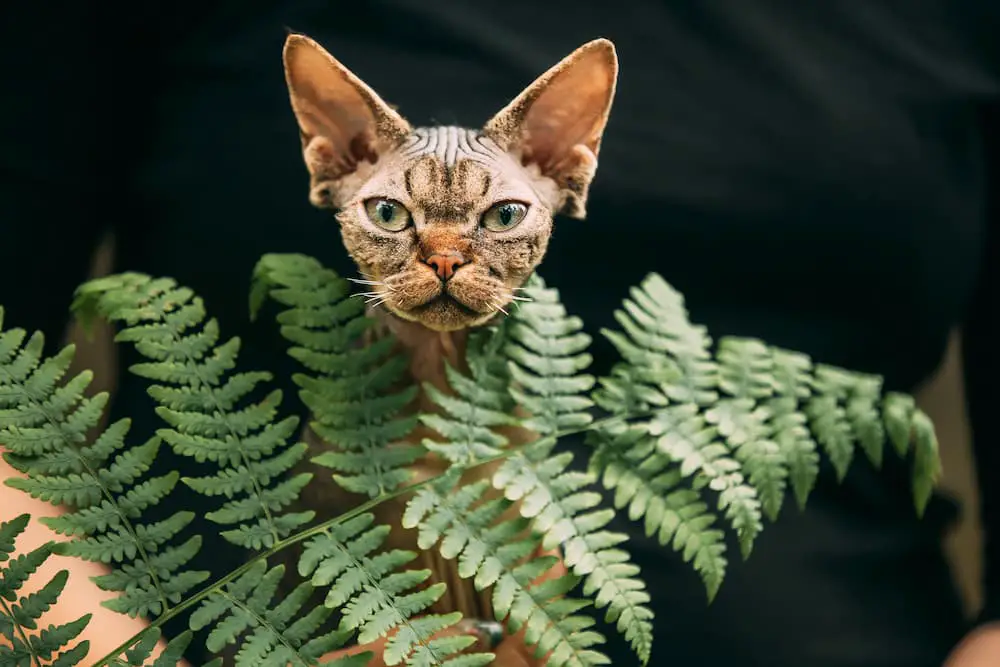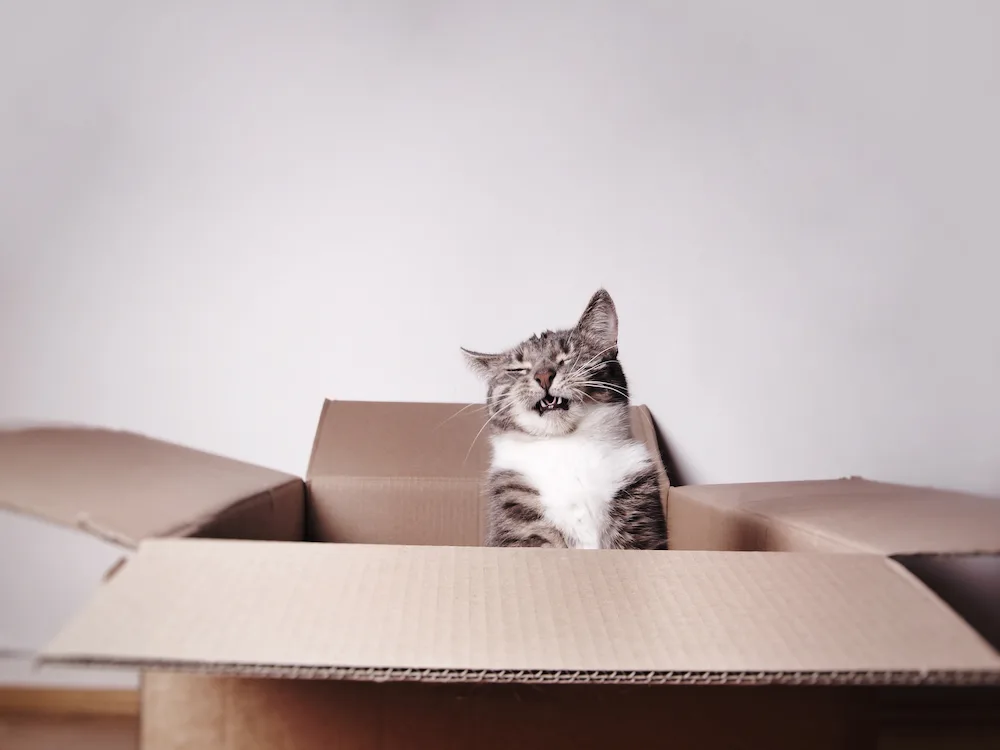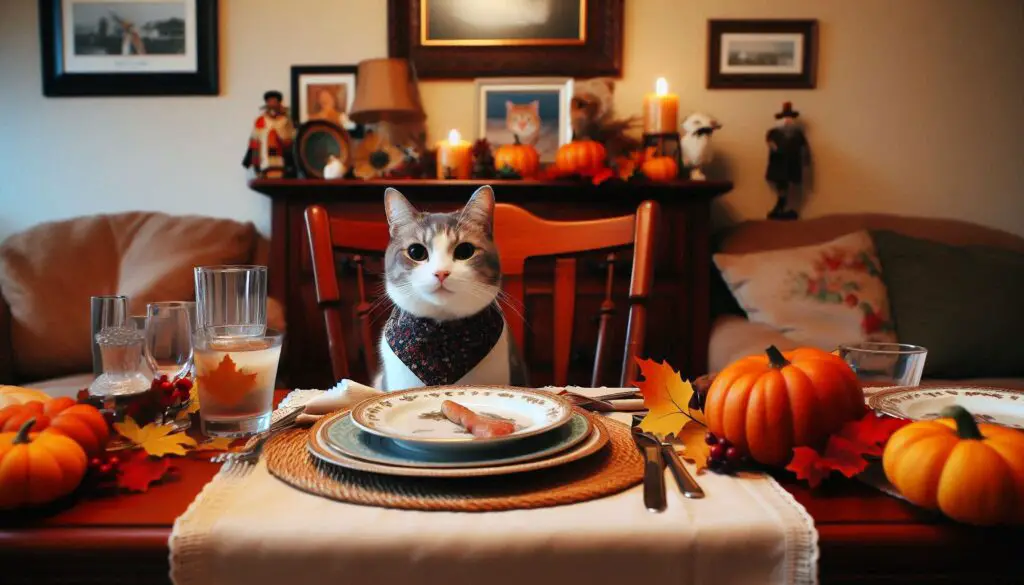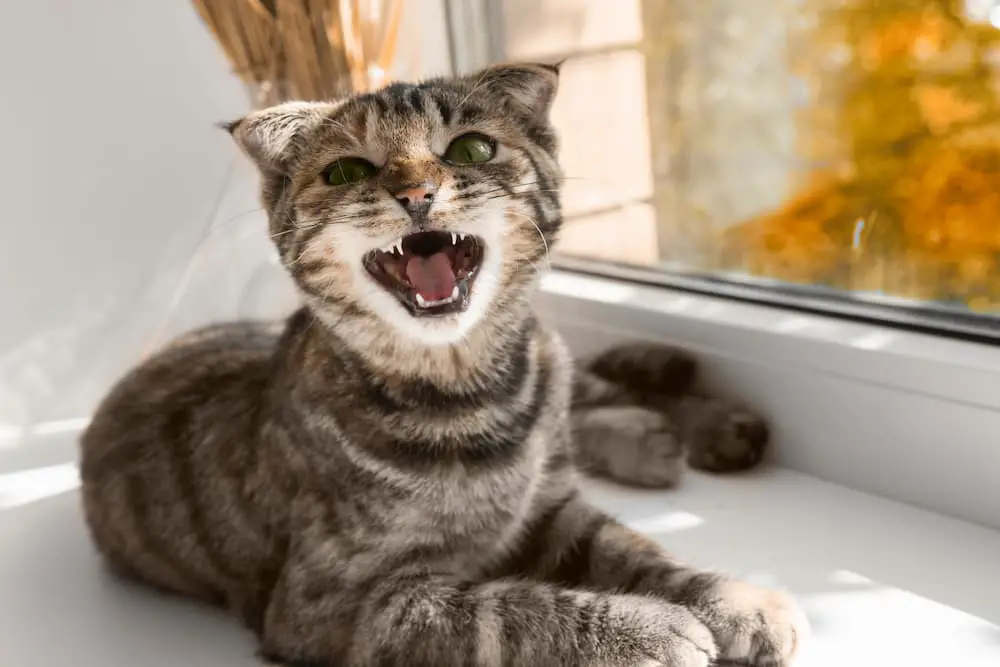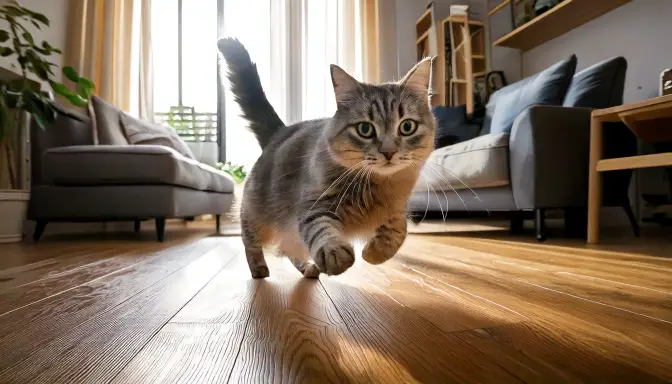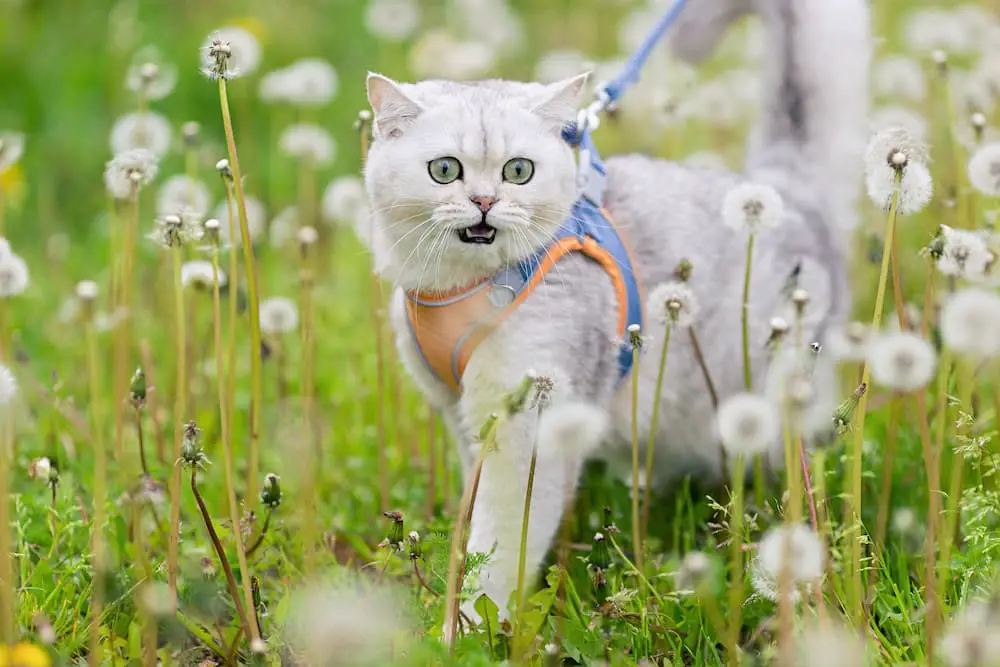How often have you come across or even ‘liked’ a picture or meme of a fat or pudgy animal on social media? Often referred to as ‘chonky’, ‘fluffy’, ‘thicc’, ‘round bois’ and ‘floofs’ these plump pets are something of an internet sensation, promoting ‘body pawsitivity’.
Is social media to blame?
From fat cats to pooches with pouches, our obsession with these rotund and waddling creatures may seem innocent enough, but in a nation with almost half of its pets being overweight, this love affair can be doing more harm than good.
There are multiple Facebook and Instagram accounts dedicated to chonky animals. The Chonky Animals account has thousands of followers, even promoting chonky animal plushies for followers to purchase.
Popular Instagram accounts like that of fat cat Meow had followers entertained by his waddling gait, getting stuck in cat doors, and consuming endless hot dogs. Sadly, the unhealthy habits that made this pet a social media superstar eventually killed him.
By the time he died, Meow was recorded as being the world’s heaviest cat at a whopping 39 pounds (18kg). Just like humans, overweight pets are at risk of serious illness including diabetes, lung and kidney failure, high blood pressure, arthritis, and even death.
Glossing over pet health issues
The trend of chunky animals is glossing over serious issues facing the state of our pet’s health. While humans are in control of their weight, animals are not. Pet owners are responsible for keeping their pets at a healthy weight and it’s up to them to determine whether their pet needs help.
However, the chonky animal trend is making overweight animals appear ‘normal’ and at times, desirable. The circulation of these pictures, memes, and social media accounts are creating a perception that these overweight pets are happy and healthy, which is skewing our idea of what exactly is healthy when it comes to our pet’s weights.
Confusion over pet nutrition
In its 11th annual survey, the Association for Pet Obesity Prevention (APOP) found that pet owners and veterinarians were confused by modern pet nutritional advice and continue to struggle to help pets achieve safe and ideal weights.
This confusion stems from an apparent lack of understanding about what constitutes a healthy weight for a dog or cat. Some sources state that our human habits and ideals of what’s ‘normal’ when it comes to human body weight is being mirrored onto our pets, with owners often mistaking healthy animals as being underweight and fat animals as being healthy.
Did you know that the average indoor cat should have just 20 calories per pound to maintain an optimal weight. An average outdoor only cat should have only 35 calories per pound. In other words, if your cat spends the majority of her time indoors and she weighs 10 pounds, she should be eating around 200 calories per day. This isn’t a huge amount – which is why it’s easy to see how cats can become overweight, especially if they’re being fed titbits.
Online, these fat animals are being praised for being well looked after. One might think that they are treating their pets well by feeding them lots of treats, overfeeding them, or making calorific cat food or dog food. However, extra fat on animals – no matter how cute it may look – is crippling their health and quality of life.
As a community, we need to do more to stop glorifying the chonky animal trend on social media. If pet owners truly want to make a sustainable and long-term change in society’s views on pet health, they should focus on healthier habits.
How to help an overweight pet
If your veterinarian tells you that your pet needs to lose weight, then why not get the whole family on board? Start going on daily walks together, prepare fresh and nutritious meals, engage in fun activities like taking your pet with you on holiday. Keeping our pets regularly active and healthy is one way to reverse this trend of fat pets and rising pet obesity rates.
Our pets trust and rely on us completely for their health and quality of life. As pet owners, we owe it to them to give them the wellbeing they need. If you believe your pet may be overweight, it’s a good idea to visit your vet.
Instead of making entertainment out of your pet’s extra flab, why not spark a movement by documenting their weight loss journey? Such changes can help others to see that overpampering your pet can work in healthier ways.
Living up to this oath means making conscious healthy choices for your pet and not letting love and adoration blind you from potential health risks they may be facing.
The Catington Post is reader-supported. That means, if you make a purchase through links on our site, we may earn an affiliate commission. All images and names which are not the property of The Catington Post are the property of their respective owners.
